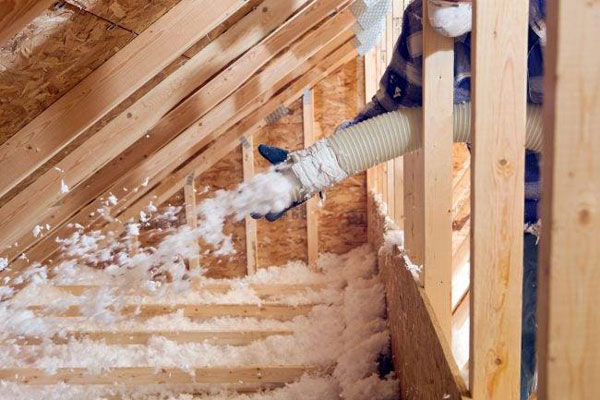Sep 7, 2021
Don’t Do That! Do This: Fully Duct and Seal Your Supply and Return
In the "Don't Do That, Do This" series, green building and home performance techniques that could have been implemented better are highlighted through images. Last month, the series was introduced and the first image was shared. This month, HVAC ducts are discussed, and the practice of "panning" is explained. Panning involves using a thin sheet of metal or cardboard to create a duct, but this leads to comfort problems, efficiency loss, and financial loss. Green building programs and some building codes require fully ducted supplies and returns to be used instead. The importance of properly sealing and fully ducting supplies and returns is emphasized.
By: Jeremy Begley

Last month, we started this new image-based series “Don’t Do That, Do This.” In this monthly post, we’ll be sharing images of green building and home performance techniques that could have been implemented better using best practices—from improper insulation and installation to not meeting building codes and everything in between.
If you missed it, view the first image here. This month, we’re talking about HVAC ducts.
Pan Right

Submitted by Jeremy Begley
In the modern world of residential construction, fast and cheap are often the underlying motivators for construction decisions. A long, long time ago in a land far, far away, the trades were filled with true craftsman. These mythical creatures were much like Jedi in that they practiced a forgotten art that gave them great power: quality for the sake of quality.
In the HVAC trade, these craftsmen used to fabricate all their ductwork using metal. They would fully duct both supply and return duct runs using sheet metal. Then somewhere along the way, these fabled construction craftsmen turned into paid laborers who were required by the powers that be to do more, faster. In the HVAC world, that led to a practice known as “panning.”
Panning is the practice of nailing a thin piece of sheet metal over a building cavity and using it as a duct to move air through. This practice led to all manner of vile unintended consequences. It allowed dirt and grime that is common in building cavities to be picked up in the air stream and delivered throughout the home. It allowed moisture from outside the home to make it into the home via “duct leakage.”
There turned out to be two kinds of panned cavity ducts: ones that leaked, and ones that eventually leaked. This duct leakage always leads to comfort problems (at a minimum), as conditioned air with a specific designed destination leaks out into the crevices of the home before reaching it’s designed location. It often also leads to efficiency loss and, in turn, financial loss, as good, paid for, conditioned air leaks out into unconditioned areas of the home such as basements, crawlspaces, and attics.
Over time, sheet metal panning was even too much of a cost for the residential home construction bean counters, and what you see here (in this photo) was introduced. Cardboard with tinfoil over top of it, cleverly named “Thermopan.”
In recent years, green building programs everywhere and even some residential building codes have begun to require all supplies and returns to once again be fully ducted. The practice of “panning” is strictly forbidden. But if we don’t keep a watchful eye, the practice that has become an industry standard will still be applied.
The moral of this story is: Don’t use panned cavities! Fully duct and properly seal all your supplies and returns!
Tell us how you feel about this in the comments section and submit your own photos to content@building-performance.org.





